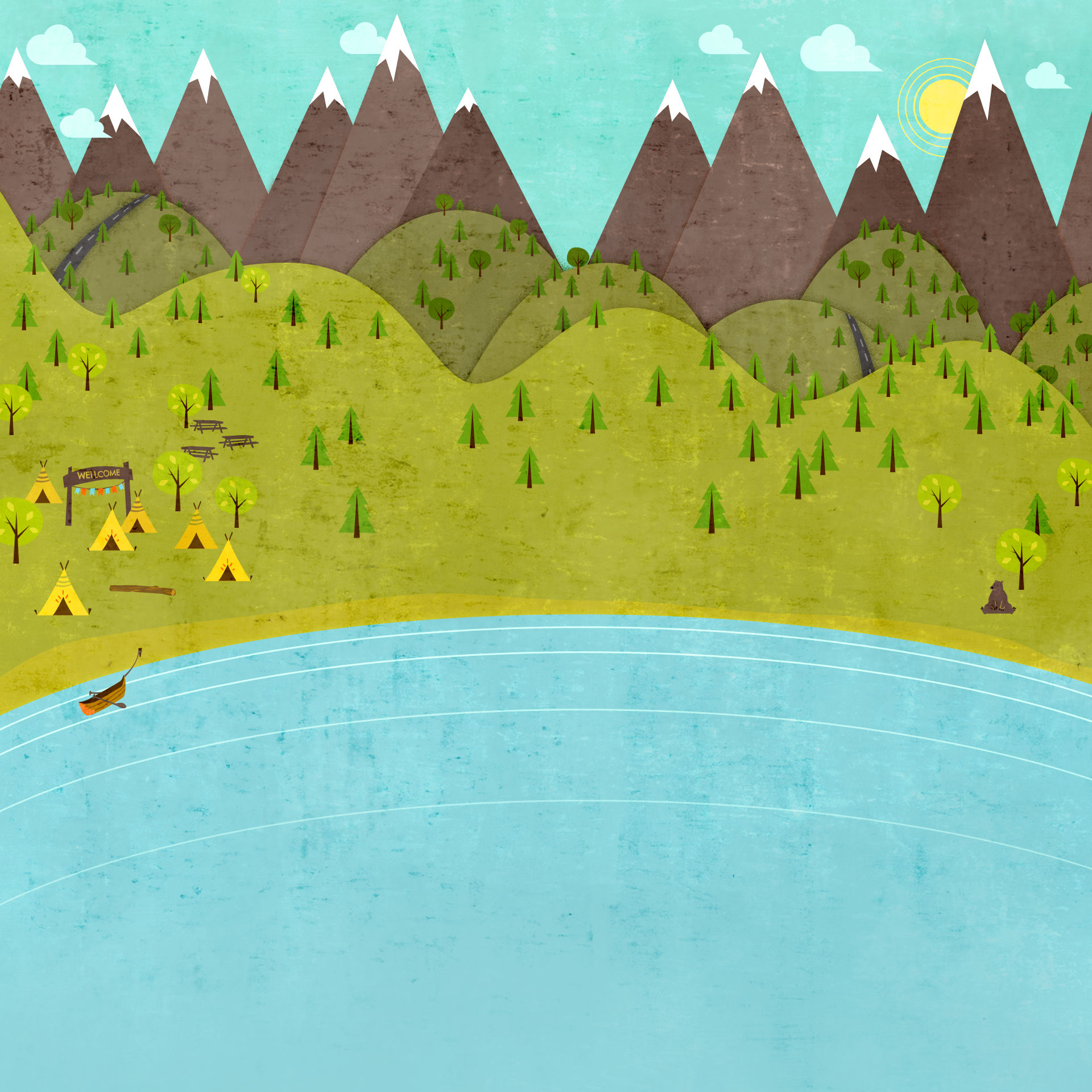

Mrs. Burkhart's
Class Website
Colonial America Notes
General Files
5.4.1 Landforms & Indian Tribes
5.4.2 Leaders & Foundation
Informational Charts
Informational Charts
General Notes
-
Khan Acadamy
Slavery in Colonial America -
Kids Britanica
Reliable Information about the 13 Colonies
New England Colonies
-
New England Colonies
Facts, Times Lines, Economy, Maps & More
Massachusetts Colony
Religion:
-
Puritans
Industry/Trade:
-
Major industries in the Massachusetts Colony included fishing, livestock, farming, lumber, and shipbuilding.
Natural Resources:
-
Natural resources in the Massachusetts Colony included forests (timber), furs, fish, whales, and some farming.
-
Although it was difficult to farm because of the rocky terrain, colonists still farmed for beans, corn, squash, pumpkins, wheat, and rye.
Geography/Climate:
-
The Massachusetts Colony's landscape included treed mountains, lots of hills, rocky soil and lots of rivers. Massachusetts's coast is jagged.
-
The climate in the Massachusetts Colony included long, cold winters and mild summers. Like the other colonies in the New England region, the cooler climate made it difficult for disease to thrive, unlike in the warmer Southern Colonies.
Important People:
-
John Winthrop (Leader)
-
Roger Williams (Forced to Leave)
Rhode Island Colony
Religion:
-
Separatists
-
The Rhode Island Colony was founded by those who wanted to escape the lack of religious tolerance found in the other New England colonies. Its founder Roger Williams was a former colonist and religious exile from the Massachusetts Colony, where religious tolerance did not exist among the Puritans.
-
The Rhode Island Colony was home to the first Jewish synagogue and the first Baptist church in the New World.
Industry/Trade:
-
Major industry in the Rhode Island Colony included fishing, whaling, manufacturing of ships, rum manufacture and export, and some farming.
-
Rum manufacturing was so popular in the Rhode Island Colony that by 1761 it was home to three sugar refineries and 22 distilleries.
Natural Resources:
-
Natural Resources: Fish, whales, forests. Imported agricultural products from other colonies. Farming was difficult for crops like wheat because of the poor soil.
Geography/Climate:
-
Rhode Island's landscape was flat with rolling hills and lots of coastline, about 400 miles of coastline in total. Rhode Island is approximately 48 miles in length and 37 miles wide.
-
Rhode Island Colony had long cold winters and mild summers. Like the other New England Colonies, the cold winters made it difficult for disease to thrive, unlike in the warm Southern Colonies where the climate made it possible for diseases to spread more easily.
Important People:
-
Roger Williams
Connecticut Colony
Religion:
-
Puritans
Industry/Trade:
-
The Connecticut Colony, like other New England Colonies, was an exporter of rum.
-
The Connecticut Colony colonists prospered in several different sectors including shipbuilding, whaling, fishing, timber, fur trading, livestock, and maple syrup.
-
Whaling was important to the colonists as it provided oil for lanterns.
Natural Resources:
-
Natural resources in the Connecticut Colony included fish, whales, forests (timber), and some farming.
-
Despite the poor soil and farming conditions, colonists in the Connecticut Colony were able to grow some crops including beans, corn, pumpkins, squash, and rye.
Geography/Climate:
-
The Connecticut Colony climate was the same as the other New England Colonies which included long cold winters and mild summers. The weather made it difficult for disease to thrive, unlike in the Southern Colonies where the heat often helped diseases to spread rapidly.
-
The Connecticut Colony's landscape was hilly, mountainous, rocky, treed, with lots of rivers and soil unsuitable for farming for most crops.
Important People:
-
Founded by Thomas Hooker
New Hampshire Colony
Religion:
-
Puritan
Industry/Trade:
-
Major industry in the New Hampshire Colony included fishing, livestock farming, potato farming, manufacturing of textiles and building ships.
-
Rum was a common export from the New Hampshire and the other New England Colonies.
Natural Resources:
-
Natural resources in the New Hampshire Colony included forests (timber), fur, fish, and whales.
-
Whales were important to the colonists because the oil could be used in lamps for light.
Geography/Climate:
-
The New Hampshire Colony, along with the other three New England Colonies, experienced long, cold winters, and mild summers. The cold temperatures made it more difficult for diseases to thrive, unlike in the warmer climate of the Southern Colonies.
-
The geography of the New Hampshire Colony included plateaus, mountains, hilly terrain, and low coastal regions. The rocky land made it difficult to plant crops.
Important People:
-
Captain John Mason was given a land grant from the Council for New England in 1622 which helped him to found the New Hampshire Colony.
-
New Hampshire Colony's first governor was Benning Wentworth. He governed from 1741 to 1766.
Middle Colonies
-
Middle Colonies
Facts, Times Lines, Economy, Maps & More
Pennsylvania
Religion:
-
Freedom of Religion
Industry/Trade:
-
The colony manufactured iron ore products, including tools, kettles, ploughs, locks, nails, and large blocks of iron that were exported to England alongside other products from farmworkers.
-
The agricultural industry also invested in livestock farming, wheat, corn, and dairy. Moreover, its land area grew flax, hemp, and rye. The farms usually covered 50 to 150 acres, with a house, barn, yard, and fields.
-
The manufacturing industry included textile making, shipbuilding, and papermaking.
Natural Resources:
-
Natural resources likewise included iron ore, timber, furs, coal, and forest.
Geography/Climate:
-
Mild climate with warm summers and balanced winters
Important People:
-
William Penn
Deleware
Religion:
-
Freedom of Religion
Industry/Trade:
-
Manufactured iron ore products such as plows, tools, kettles, locks, nails and large blocks of iron which they exported to England.
-
The Delaware Colony was often referred to as the breadbasket colony. The colony grew a lot of wheat (which is used to make bread), and after being ground into four it was exported to England.
Natural Resources:
-
Good farmland, timber, furs and coal. Iron ore was a particularly important natural resource
Geography/Climate:
-
The Middle Colonies had a mild climate with warm summers and mild winters that were suited to farming and agriculture
-
Flat lowland, Atlantic Coastal Plain. The southern boundary is swampland with over 30,000 acres of swamp.
-
The general geography of the Middle Colonies had a mix of the New England and Southern features but had fertile soil and land that was suited to farming.
Important People:
-
The Delaware Colony was founded in 1638 by Peter Minuit
-
In 1664 the British gained control of the Delaware Colony. William Penn was given the deed by the Duke of York, and from 1682 to 1701 it was governed under Pennsylvania.
New York
Religion:
-
Freedom of Religion
Industry/Trade:
-
The New York Colony was also referred to as a breadbasket colony because one of its major crops was wheat. The wheat was ground into flour and exported to England.
-
Exports from the New York Colony included iron ore as a raw material and as manufactured goods such as tools, plows, nails and kitchen items such as kettles.
Natural Resources:
-
Natural resources in the New York Colony included agricultural land, coal, furs, forestry (timber), and iron ore.
Geography/Climate:
-
The landscape of the New York Colony included lowlands, mountains, coastal plain, and farmland.
-
The mild climate of the New York Colony with cold winters and hot summers. This made the climate ideal for farming. The cold winters made it more difficult for disease to thrive like it did in the Southern Colonies where it didn't get as cold in the winter.
Important People:
-
Declared as the province of New York, the colony owed its name to James, the Duke of York and Albany and the brother of King Charles II of England.
New Jersey
Religion:
-
Freedom of Religion
-
The New Jersey Colony was not dominated by the Puritans like in the New England Colonies and had religious tolerance and freedom for its settlers.
Industry/Trade:
-
Major exports from the New Jersey Colony included livestock, rice, wheat, indigo, rice, grain and other agricultural products.
-
Iron ore was important to the New Jersey Colony. They used it to manufacture items to export to England such as tools, kettles, nails, plows, and nails. They also exported large chunks of iron to be manufactured into iron products elsewhere.
-
The New Jersey Colony was one of the colonies referred to as a 'breadbasket' colony because it grew so much wheat, which was ground into flour and exported to England.
Natural Resources:
-
Natural resources in the New Jersey Colony included agricultural land, forests (timber), iron ore, coal, and furs.
Geography/Climate:
-
Mountains in the northeast, lowlands from Lake Ontario along the Canadian border. Atlantic coastal plain. The general geography of the Middle Colonies had a mix of the New England and Southern features but had fertile soil and land that was suited to farming.
-
The Middle Colonies had a mild climate with warm summers and mild winters that were suited to farming and agriculture.
Important People:
-
The New Jersey Colony was founded by Sir George Carteret and Lord Berkeley in 1664.
Southern Colonies
-
Southern Colonies
Facts, Times Lines, Economy, Maps & More -
Williamsburg Slavery
Slavery in Virginia
Georgia
Religion:
-
Not dominated by a specific religion which gave way to religious freedom for Baptists and Anglicans, but Catholics were not welcome.
Industry/Trade:
-
Tobacco, cotton, rice, indigo (dye), lumber, furs, barrel staves, pottery, farm products. Their plantations produced sugar, rice, indigo and tobacco. The major trade town that emerged in Georgia was Savannah.
Natural Resources:
-
Fish, forests (timber) and good agricultural land. Farming and Plantations were important.
Geography/Climate:
-
Hilly coastal plains with plenty of forests
Important People:
-
The Georgia Colony was founded in 1732 by James Oglethorpe
North Carolina
Religion:
-
Not dominated by a specific religion which gave way to religious freedom for Baptists, Anglicans and others.
Industry/Trade:
-
Tobacco, cotton, rice, indigo (dye), lumber including tar, pitch and turpentine, furs, silk, barrel staves and farm products. Their plantations produced rice, indigo and tobacco. The major town that emerged in North Carolina was Raleigh.
Natural Resources:
-
Fish, forests (timber) and good agricultural land. Farming and Plantations were important. Exported agricultural products to other colonies.
Geography/Climate:
-
The warm climate made it possible to grow crops throughout the year and was ideally suited for plantations. The geography consisted of Coastal plains, plateau and mountain ranges.
Important People:
-
The North Carolina Colony was founded in 1653 by the Virginia colonists. It was founded by Lords and Proprietors under the Charter of Carolina.
South Carolina
Religion:
-
Not dominated by a specific religion which gave way to religious freedom for Baptists, Anglicans and others.
Industry/Trade:
-
Tobacco, cotton, rice, indigo (dye), lumber, furs, farm products, silk and grapes and raisins. Their plantations produced cotton, rice, indigo and tobacco. The major trade town that emerged in South Carolina was Charleston.
Natural Resources:
-
Fish, forests (timber) and good agricultural land. Farming and Plantations were important. Exported agricultural products to other colonies
Geography/Climate:
-
The Southern colonies were the warmest of the three regions. The winters were not difficult to survive but the warmer climate gave rise to the spread of disease. The Southern colonies were the warmest of the three regions, winters not difficult to survive, but the hot and humid summers gave rise to the spread of disease. The warm climate made it possible to grow crops throughout the year and was ideally suited for plantations
Important People:
-
The North Carolina Colony was founded in 1653 by the Virginia colonists. It was founded by Lords and Proprietors under the Charter of Carolina.
Virginia
Religion:
-
Not dominated by a specific religion which gave way to religious freedom for Baptists, Anglicans and others.
Industry/Trade:
-
Tobacco, cotton, rice, indigo (dye), lumber, furs, farm products, vegetables, clay and bricks. The trade towns and cities that emerged in Virginia were Jamestown, Williamsburg and Richmond. Concentrated on agriculture and developed the plantations exporting tobacco, cotton, corn, vegetables, grain, fruit and livestock.
Natural Resources:
-
Fish, forests (timber) and good agricultural land. Farming and Plantations were important. Exported agricultural products to other colonies.
Geography/Climate:
-
The geography consisted of mountains, valleys, and coastal plains. The Southern colonies were the warmest of the three regions, winters not difficult to survive, but the hot and humid summers gave rise to the spread of disease. The warm climate made it possible to grow crops throughout the year and was ideally suited for plantations. The warm climate made it possible to grow crops throughout the year and was ideally suited for plantations.
Important People:
-
John Smith
-
John Rolfe
-
John White
Maryland
Religion:
-
By 1634, Maryland became one of the few territories of England to be predominately Catholic. In 1649, the Maryland Toleration Act was passed which guaranteed religious tolerance to settlers, as long as the religion was a sect of Christianity.
Industry/Trade:
-
Tobacco, cotton, rice, indigo (dye), lumber, furs, farm products. Maryland were also involved in the iron industry and shipbuilding. Their plantations produced rice, indigo and tobacco. The trade cities that emerged in Maryland were Annapolis and Baltimore. Manufacturing (shipbuilding, iron works), Agriculture (corn, wheat, rice, indigo).
Natural Resources:
-
Fish, forests (timber) and good agricultural land. Farming and Plantations were important.
Geography/Climate:
-
Coastal plains, peidmont plateau, and the Blue Ridge, separated by the Chesapeake Bay
Important People:
-
The Maryland Colony was founded in 1633 by George Calvert and Lord Baltimore


